MoMA’s Reopening Represents a Push for Diversity
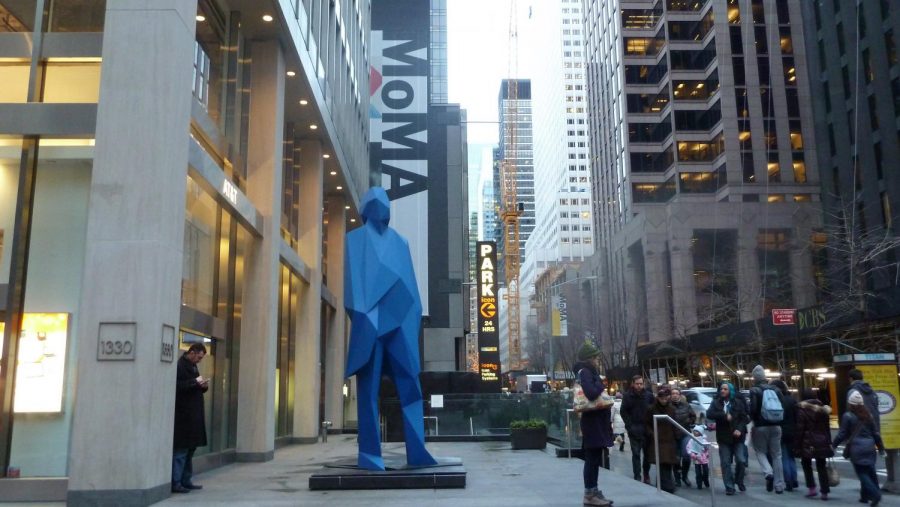
MoMA’s Reopening Represents a Push for Diversity
The MoMA reopened on Oct. 21 after four months of renovations. (Courtesy of Flickr)
The MoMA reopened on Oct. 21 after four months of renovations. (Courtesy of Flickr)
October 30, 2019
Hang on for a minute...we're trying to find some more stories you might like.
Email This Story
After four months of renovation, the Museum of Modern Art (MoMA) reopened its doors on Monday, Oct. 21. Although construction began this past June, MoMa’s website explains that architects Diller Scofidio + Renfro, in collaboration with Gensler, worked with MoMA to develop renovation plans for the expansion years before it became a reality. The $450,000,000 project adds more than 40,000 square feet in gallery spaces to the existing campus.
According to MoMA, the purpose of the expansion is to give the museum the opportunity to display significantly more art in new and reimagined ways. The museum hopes to change the way visitors view and interact with the art by installing new pieces and rearranging old ones.
In the 1920s, prominent art patrons Lillie P. Bliss, Mary Quinn Sullivan and Abby Aldrich Rockefeller created the museum to challenge the conservatism of the time, according to MoMA’s website. The museum wanted to rebel against the dominant ones of the ’20s and create a space where non-traditional art could be recognized and appreciated.
Despite challenging the status quo, its grand opening in 1929 received a warm welcome from the public. The museum’s popularity continued, and it had to relocate to three consecutively larger locations over the course of the decade. Ultimately, it settled on its midtown location on West 53rd Street in 1939, where it is still operating today.
According to MoMA, “[the new spaces] will offer a deeper experience of art through all mediums and by artists from more diverse geographies and backgrounds than ever before.” Although progressive women who strove to break artistic and social norms founded the museum, MoMA has struggled to showcase women and artists of various ethnic backgrounds throughout the last century.
Time Magazine calls attention to the fact that the museum only had its first solo exhibition by a female artist in 1942, more than a decade after its opening. Time recognizes that the gender inequality persisted into 1984, when the MoMA hosted the International Survey of Painting and Sculpture. Of the 150 artists the museum chose to showcase at the convention, less than 10% were women.
Despite this glaring inequality, Time explains that the renovation plans aspire to close this gender gap. However, the renovation plans not only strive to highlight women’s artistic achievements but also seek to more thoughtfully honor the diversity of New York City and the world.
According to artnet news, “the curators plan to spotlight the work of women, African American, Asian and Latino artists who have been previously overlooked in the collection.” MoMA’s chief curator, Ann Temkin, spoke to artnet about making the museum more inclusive.
“Many, many regions that once seemed peripheral don’t seem that way any more, they seem central,” she said. New galleries aim to highlight minority work, including Betye Saar’s “The Legends of the Black Girl’s Window” and “Sur moderno: Journeys of Abstraction The Patricia Phelps de Cisneros Gift.”
Although tickets cost $25 for adults and $14 for students, the renovation included a few street-level galleries that are free to the public. According to MoMA’s website, the museum want to bring art to the people of New York City and create a more inclusive environment for artists and viewers alike. The street level galleries will include works by contemporary artists, including Yoko Ono, Experimental Jetset, Kerstin Brätsch, Goshka Macuga, Philippe Parreno and Haim Steinbach.
While MoMA’s expansion allowed for the reorganization of their preexisting artwork, it also provides space for a few new exhibitions. One of these exhibitions includes the Marie Josée and Henry Kravis Studio. Visitors are invited to engage directly with the artists and their works. The museum describes the space as a place for live events, showcasing “performance, music, sound, spoken work and expanded approaches to the moving image.”
The studio is located in the middle of the museum to represent how live art, like other mediums such as painting and sculpting, is situated within the realm of art history. In fact, according to MoMA’s website, the studio is the world’s first space dedicated to live, interactive art centrally located and integrated into a museum’s overall framework.
As stated by MoMA, the New Marie Josée and Henry Kravis Studio seeks to enrich the living history of modern and contemporary art by including more regularly-scheduled interactive art pieces to their collection.
Although live art is often sidelined, the museum explains that creating such a large space for it gives them the opportunity to support artists who strive to “create new ways of engaging with audiences and experiment with new art forms.”
Right now, the sound installation “Rainforest V,” occupies the studio. David Tudor created this project with everyday objects such as metal barrel, plastic tubing and computer hardware. According to MoMA, Tudor’s objects are fitted with sonic transducer and suspended in space to increase their resonance.
Each object creates a unique sound according to its physical properties and resonant frequencies. MoMA describes the cumulative effect as “a polyphonic chorus of diverse voices that evoke the natural world.” Visitors are invited to walk around the sound environment to appreciate the uniqueness of the structures and hear the vibrations harmonize from different spots in the room.
The museum also has a new exhibition called “Handles.” The exhibition features six active sculptures, surrounded by black and holographic geometric shapes and handles on the walls to represent material catalysts for change.
According to MoMA, Haegue Yang’s project creates “a ritualized, complex environment with both personal and political resonance.” In addition to the rattling noise that the sculptures make when visitors touch them, there is also a birdsong noise permeating the space.
This birdsong was recorded at the historic summit in 2018 and, although it was intended to capture the tense conversations between the North and South Korean leaders about the demilitarized zone between the two countries, it only picked up the sounds of chirping birds in the background.
“The Black Girl’s Window” is another new exhibition, which celebrates the diversity of modern and contemporary art. Betye Saar’s autobiographical assemblage features her unique ability to tell a complex story through the art of printmaking. Her prints focus on her family, African American history and mysticism throughout her life.
These exhibitions are only open until January 2020. However, if you cannot make it to MoMA before then, there are new and exciting works waiting to be put on display in their place in addition to the permanent galleries, which feature classics such as Van Gough’s “Starry Night” and Warhol’s “Gold Marilyn Monroe.”

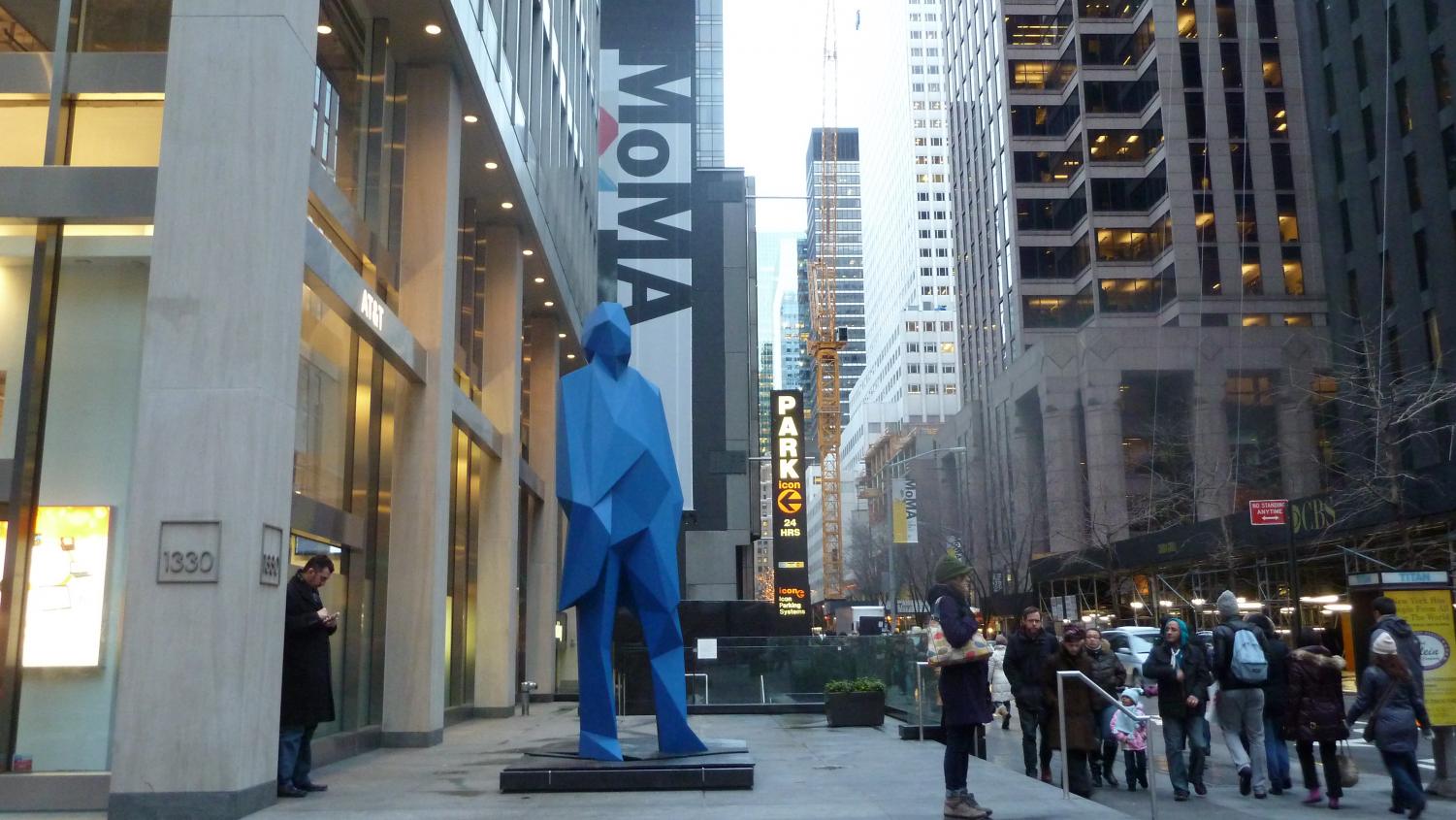
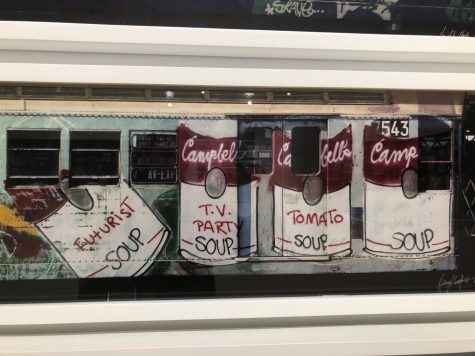
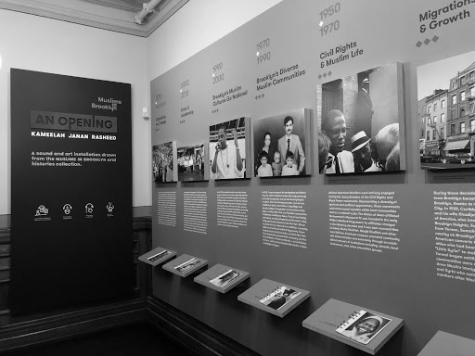
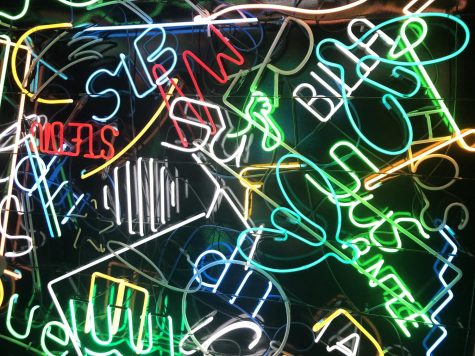
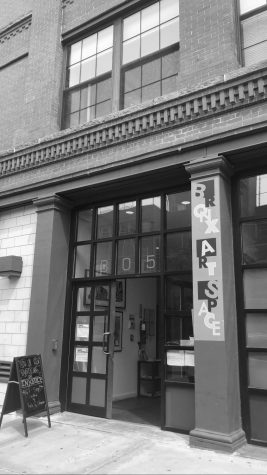
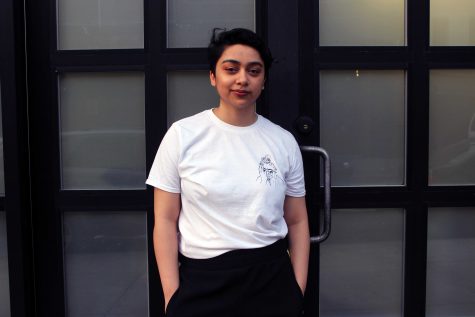

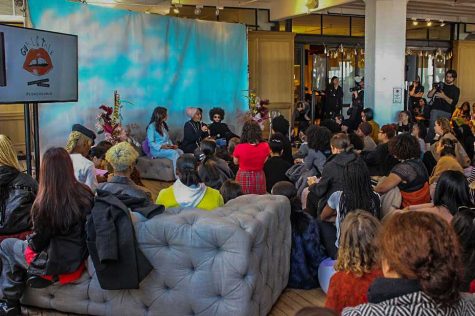
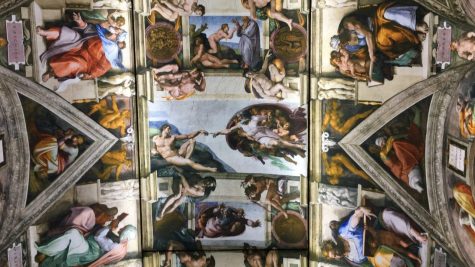
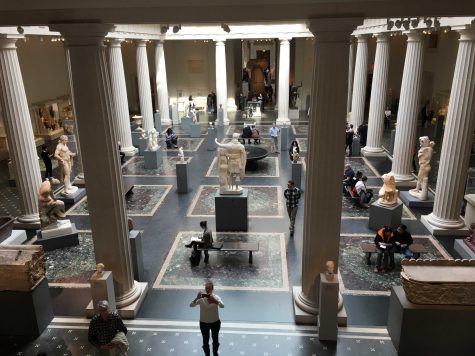
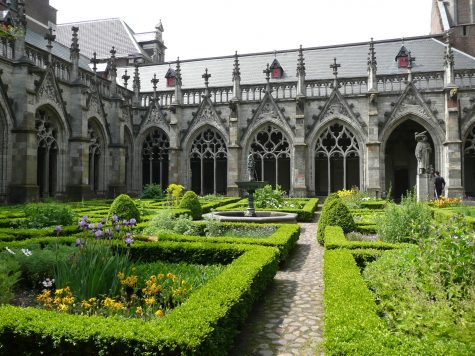
If you want a picture to show with your comment, go get a gravatar.